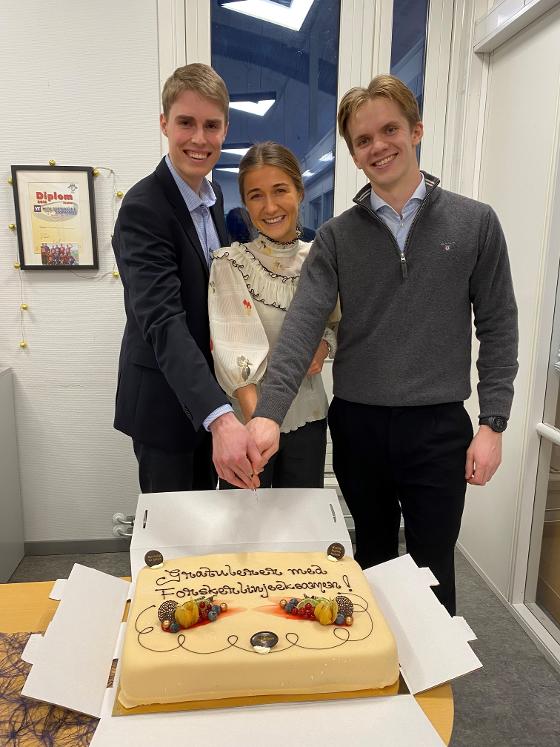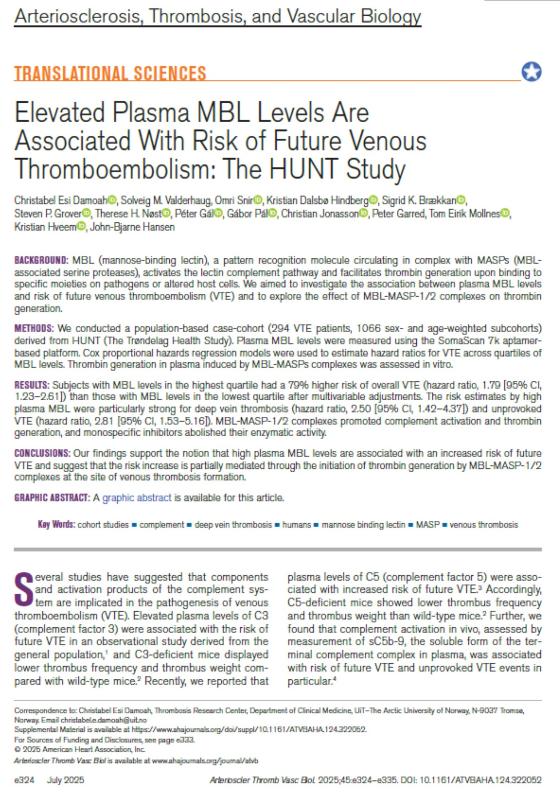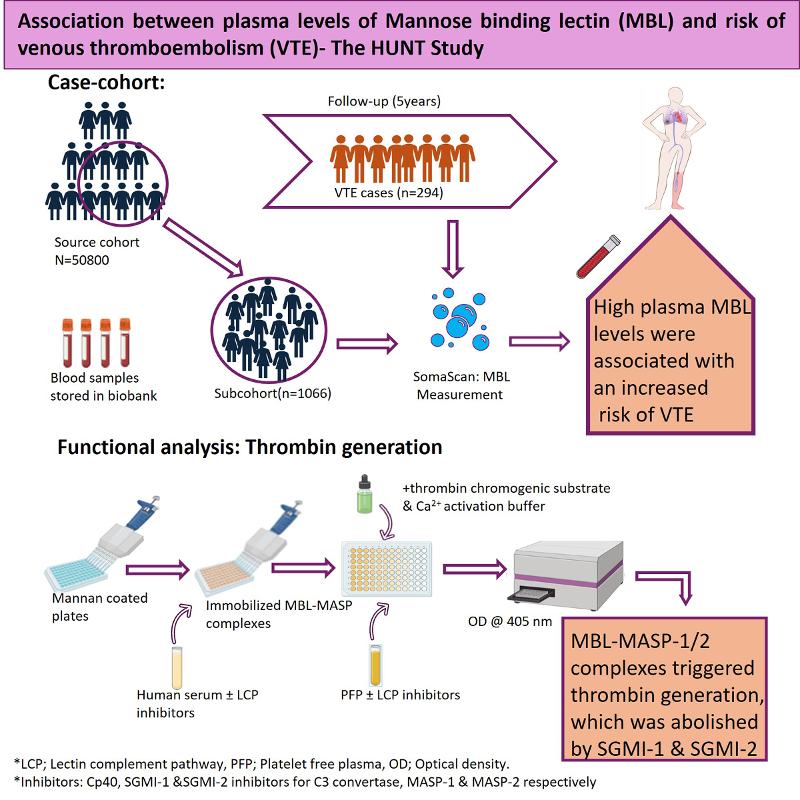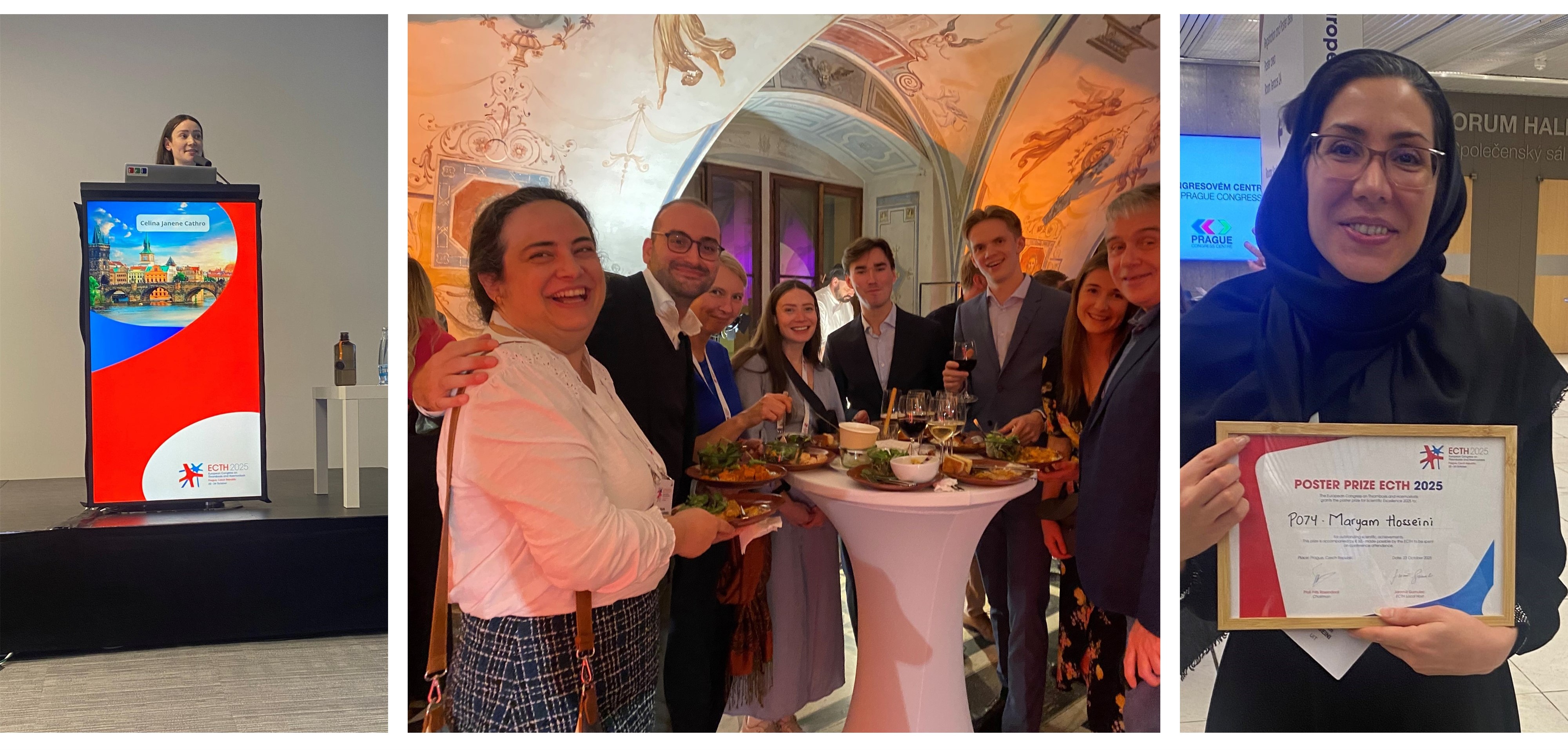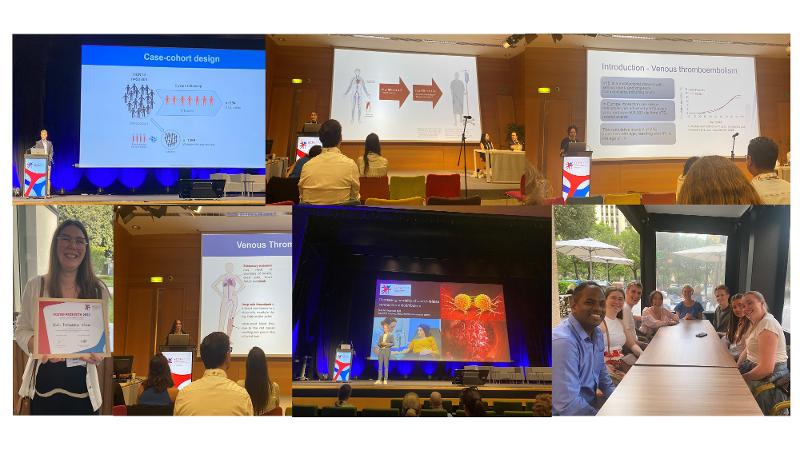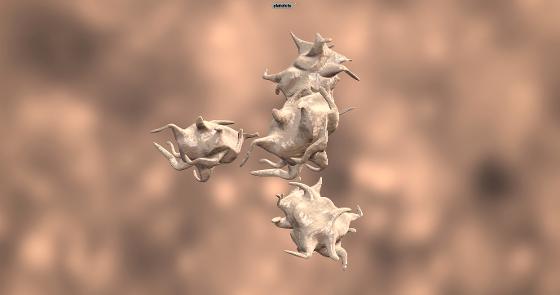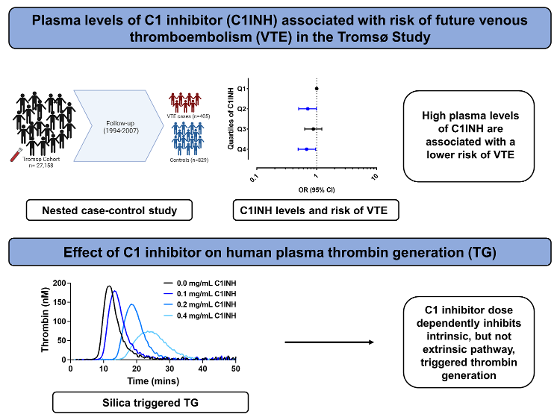Blood clots formed in the veins of the leg and lungs, collectively named venous thromboembolism (VTE), is a common disease with severe complications. The occurrence of VTE has increased during the last decades, and it is important to find out whether lifestyle factors can lower the risk of VTE. We therefore investigated whether a high content of omega-3 fatty acids in blood was related to risk of VTE in the general population. We found that persons with high content of omega-3 fatty acids in blood had a 28% lower risk of VTE. Our findings were recently published in the American Journal of Clinical Nutrition and highlighted by an editorial commentary in the same journal.
News archive
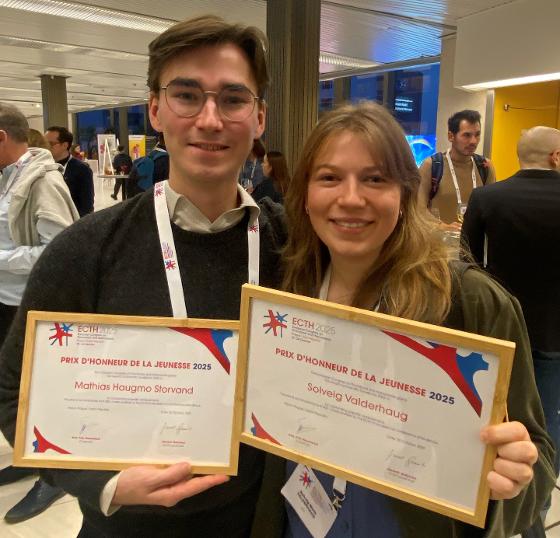
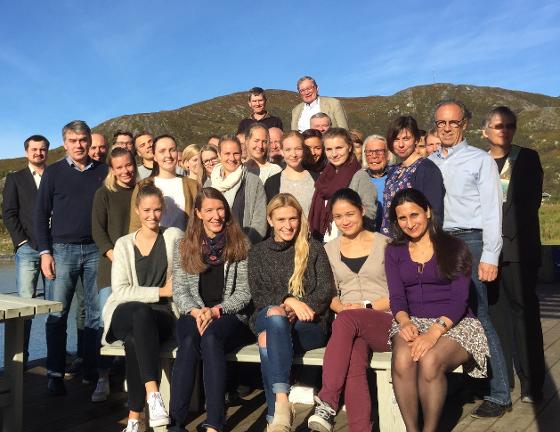
28.05.2025:
Evaluation of TREC by the Research Council of Norway
Evaluation of the Thrombosis Research group (TREC) by international experts commissioned by the Research Council of Norway (EvalMedHelse)
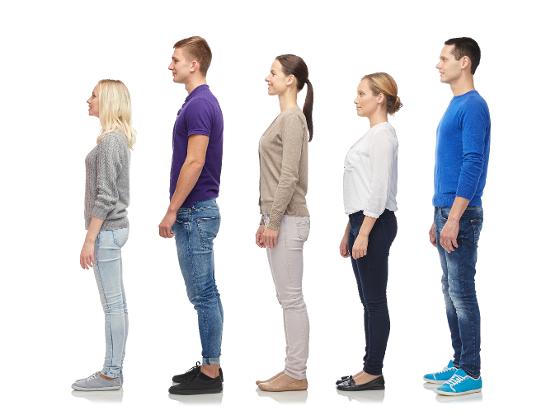
27.05.2025:
Body height and risk of blood clots in men versus women
Is body height a risk factor for venous thromboembolism (VTE) in both men and women, and do men have a higher risk of VTE because they are taller?
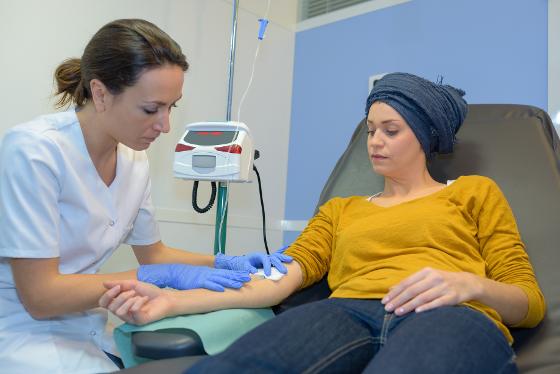
01.04.2025:
Improved survival in cancer patients with venous thrombosis
The formation of venous blood clots in the deep veins of the body or in the blood vessels of the lungs, also known as venous thromboembolism (VTE), is a common and potentially fatal condition in cancer. Our recent research data show improved survival in cancer patients with VTE.
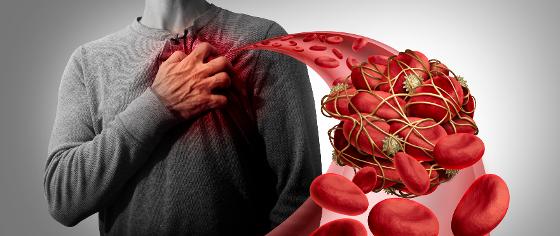
05.01.2025:
Proteome wide study reveals novel biomarkers for VTE
In a large proteome-wide analysis of over 7000 proteins, we have discovered five new protein candidates associated with venous thromboembolism (VTE)
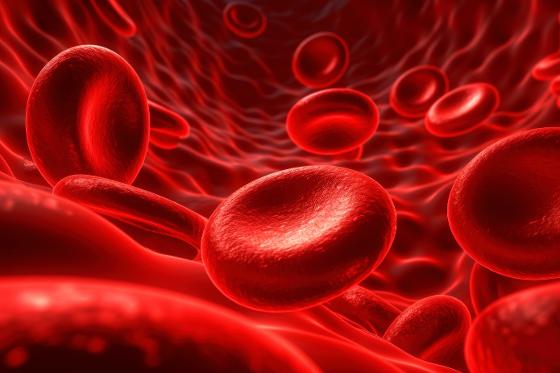
23.01.2024:
New finding: MicroRNA associated with lower risk of VTE!
Recent findings suggest that miR-145 may be protective against thrombosis.

07.08.2023:
Overweight and obesity – a major contributor to VTE
In a recent study, we showed that 1/4 of all venous thromboembolism (VTE) events in the population can be attributed to overweight and obesity.

29.06.2023:
Grip strength and risk of recurrence after first VTE
Weak hand grip strenght was associated with increased risk of recurrence after a first venous thromboembolism.

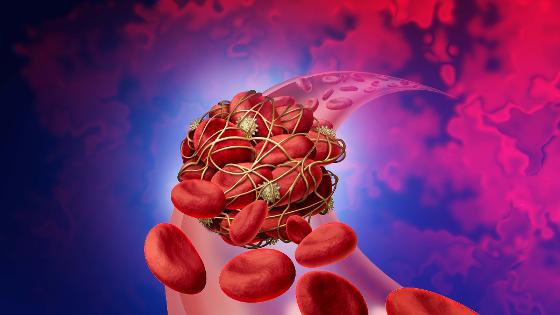
01.06.2023:
Trombosis Research Group (TREC)
We aim to reduce the suffering and burden of venous thrombosis through excellent and world leading research.
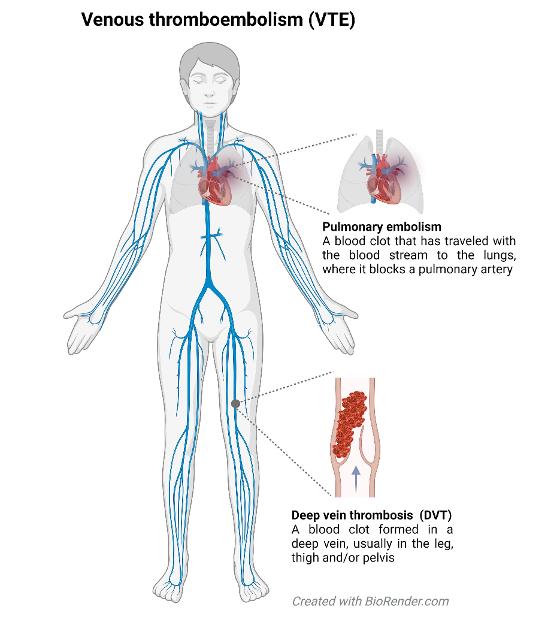
31.10.2023:
What is venous thromboembolism?
Thrombosis occurs when a blood clot forms on the inside of a blood vessel, obstructing the flow of blood through the circulatory system.
